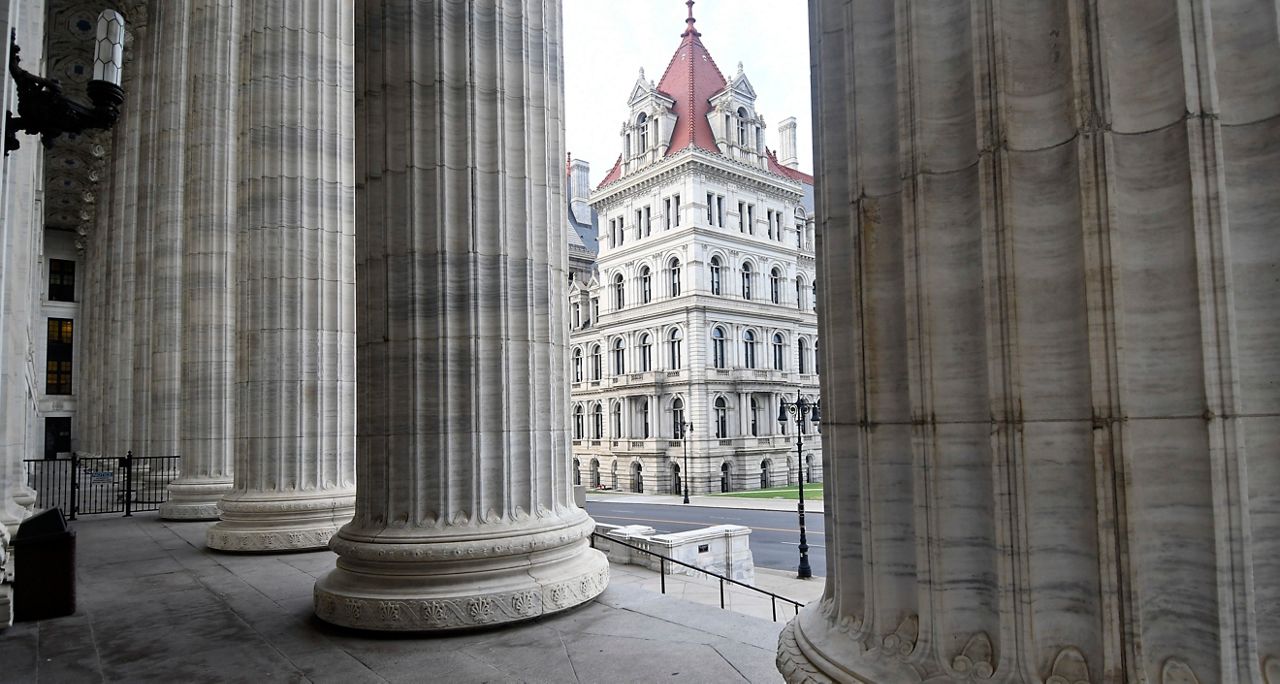The State University of New York is facing some financial and demographic headwinds.
But first, a look in the rearview mirror.
Last year, SUNY received $163 million in additional operating aid from the state, the largest operating aid increase in more than 20 years.
According to SUNY Chancellor John King, the funding allowed the university "to make double-digit increases in investment at every single campus."
SUNY also saw its first increase in enrollment in in a decade. Both the funding and enrollment increase helped enable the system to add more than 700 faculty positions.
But as SUNY looks ahead, the picture isn’t quite as rosy. Not only are the state’s demographics trending downward, but costs will inevitably rise.
"When you look out over 10 years, we’ve got continued revenue increases, and that means either dollars would have to come from the state, or the state would have to think about a tuition increase," King told Capital Tonight. "But one of those has to be true in order to cover growing costs, including the costs of paying for our people."
Last year, the legislature threw cold water on SUNY’s request to increase tuition and there is no evidence to suggest lawmakers’ attitude has changed. Instead, the two chairs of the Assembly and Senate High Education Committees have focused their attention on increasing and expanding TAP, the Tuition Assistance Program.
Another new cost for SUNY is its newly inked contract with United University Professions (UUP) that will cost the system about $85 million. This year’s executive budget increase of $54 million won’t cover the cost of those salary increases.
Meanwhile, during a SUNY board meeting this week, King stated that SUNY needs more than $7 billion to address capital needs. According to King, all these tensions are discussed in a report delivered to lawmakers a few weeks ago.
"The whole purpose of this "Long-Term Enrollment and Sustainability Report" that went to the governor and the legislature at the start of this year, was to lay out our strategies both for growing enrollment across the system, and for adapting some of our campuses," King said.
That adaptation does not include closures; however, it does include helping smaller campuses focus on their strengths at a time when student enrollment is critical.
King pointed to SUNY Potsdam, which was a 4,500-student campus just a few years ago; it’s now a 2,500 student campus.
"They can be sustainable and strong as a 2,500 student campus, but it does mean adjusting their programming to match the reality," he said.
Adjusting programming in this instance means cutting programs and faculty.
King also discussed with Capital Tonight, Gov. Hochul’s proposal to build housing on some SUNY campuses, antisemitism on campus, and the future of Diversity, Equity and Inclusion (DEI) at SUNY.






